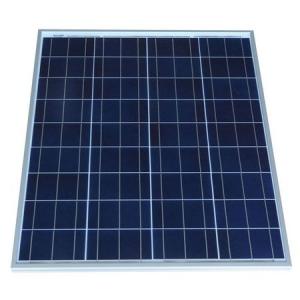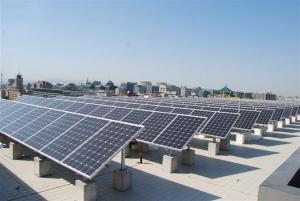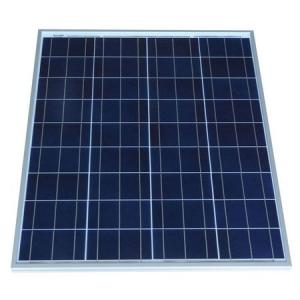Monocrystalline Solar Cell Price with Good Price
- Loading Port:
- China Main Port
- Payment Terms:
- TT or LC
- Min Order Qty:
- -
- Supply Capability:
- -
OKorder Service Pledge
OKorder Financial Service
You Might Also Like
Quick Details
| Model Number: | ST-TYB 111 | ||||
| Material: | Polycrystalline Silicon | Size: | 1640*992*45MM | Number of Cells: | 2-20 |
| Max. Power: | 1000W | Application: | Lighting and electrical appliances use electricity | Warranty: | 2 years |
| Name: | Solar Panel Used | Delivery time: | 20-35 working days | Colour: | BLUE /BLACK/GRAY |
| Environmental protection: | Energy conservation and pollution | Lifetime: | 15-25 years | USE NAME: | Solar Panel Used |
Packaging & Delivery
| Packaging Detail: | outer Cart |
| Delivery Detail: | 20-35 working days |
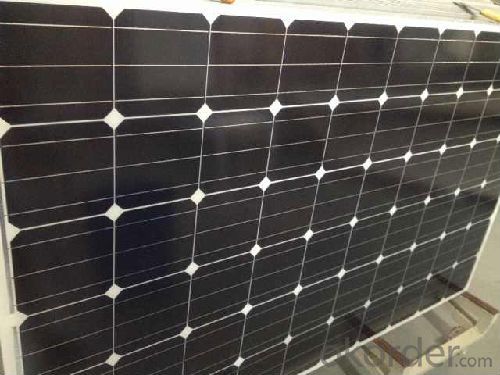
Specifications
solar panel price
1.Solar Panel Prices m2
2.Good performance,good quality
3.certificates:CE,TUV
4.Warranty:5 year
Most solar modules are currently produced from crystalline silicon (c-Si) solar cells made of multicrystalline and monocrystalline silicon. In 2013, crystalline silicon accounted for more than 90 percent of worldwide PV production, while the rest of the overall market is made up of thin-film technologies using cadmium telluride, CIGS and amorphous silicon[7] Emerging, third generation solar technologies use advanced thin-film cells. They produce a relatively high-efficiency conversion for the low cost compared to other solar technologies. Also, high-cost, high-efficiency, and close-packed rectangular multi-junction (MJ) cells are preferably used in solar panels on spacecraft, as they offer the highest ratio of generated power per kilogram lifted into space. MJ-cells are compound semiconductors and made of gallium arsenide (GaAs) and other semiconductor materials. Another emerging PV technology using MJ-cells is concentrator photovoltaics (CPV).
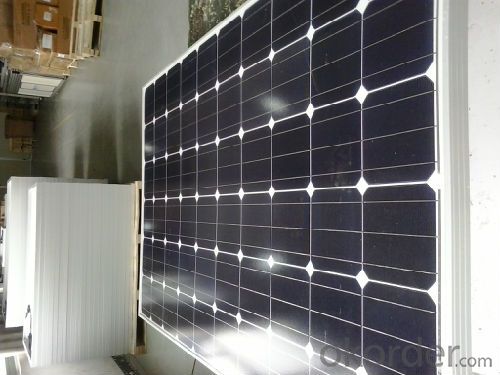
- Q:What is the role of solar cells in solar-powered water heaters?
- The role of solar cells in solar-powered water heaters is to convert sunlight into electricity. These solar cells, also known as photovoltaic cells, capture the sun's energy and convert it into direct current (DC) electricity. This electricity is then used to power the water heater, which heats the water using the sun's energy. By harnessing the power of the sun, solar cells enable the water heater to operate without relying on traditional energy sources, making it more sustainable and environmentally friendly.
- Q:How do solar cells perform in regions with high levels of dust and sandstorms?
- Solar cells can be affected by high levels of dust and sandstorms in regions. The accumulation of dust particles on the surface of solar panels can reduce their efficiency by blocking sunlight and reducing the amount of energy they can generate. Regular cleaning and maintenance are crucial in these areas to ensure optimal performance of solar cells and to prevent any long-term damage caused by the accumulation of dust and sand.
- Q:Can solar cells be used on vehicles other than cars?
- Yes, solar cells can be used on vehicles other than cars. Solar cells can be integrated into various types of vehicles including buses, motorcycles, bicycles, boats, and even spacecraft. The energy generated by solar cells can be used to power the vehicle's electrical systems, reduce reliance on fossil fuels, and contribute to a more sustainable transportation infrastructure.
- Q:Can solar cells be used in indoor applications?
- Yes, solar cells can be used in indoor applications, although their efficiency may be lower compared to outdoor use. Indoor applications typically include powering small electronic devices or providing lighting for indoor spaces.
- Q:Can solar cells be used to power remote wildlife monitoring systems?
- Yes, solar cells can be used to power remote wildlife monitoring systems. Solar cells are a sustainable and reliable source of energy that can generate electricity from sunlight, making them ideal for powering remote systems where access to the grid may be limited. Additionally, solar cells are environmentally friendly, allowing for uninterrupted monitoring of wildlife without causing harm to their habitats.
- Q:Can solar cells be used for powering communication towers?
- Yes, solar cells can be used for powering communication towers. Solar panels can convert sunlight into electricity, which can then be used to power various devices and systems, including communication towers. This renewable energy source provides a sustainable and cost-effective solution for powering communication infrastructure in remote areas or areas with limited access to the grid. Solar-powered communication towers have become increasingly popular as they are environmentally friendly and can reduce reliance on traditional energy sources.
- Q:Can solar cells be used in telecommunications?
- Yes, solar cells can be used in telecommunications. They can power various telecommunication devices such as cell phones, radio transmitters, satellites, and remote communication systems, especially in areas with limited access to electricity grids. Solar energy can be harnessed to charge batteries or directly power these devices, providing a reliable and sustainable source of energy for telecommunications.
- Q:What is the impact of solar cells on reducing noise pollution from power generation?
- Solar cells have a positive impact on reducing noise pollution from power generation as they operate silently, without the need for noisy machinery or moving parts.
- Q:Can solar cells be used in floating solar farms?
- Yes, solar cells can be used in floating solar farms. In fact, floating solar farms have gained popularity as an innovative solution to maximize energy production in areas with limited land availability. These floating platforms are equipped with solar panels, which convert sunlight into electricity, just like traditional solar farms. The buoyant structures allow for the installation of solar panels on water bodies such as lakes, reservoirs, and even oceans, making it an efficient way to harness solar energy while minimizing land use.
- Q:Can solar cells be used to power remote data collection systems?
- Yes, solar cells can be used to power remote data collection systems. Solar cells convert sunlight into electricity, providing a sustainable and reliable source of power for off-grid locations. This makes them ideal for powering remote data collection systems, allowing continuous operation without the need for a grid connection or frequent battery replacements.
1. Manufacturer Overview |
|
|---|---|
| Location | |
| Year Established | |
| Annual Output Value | |
| Main Markets | |
| Company Certifications | |
2. Manufacturer Certificates |
|
|---|---|
| a) Certification Name | |
| Range | |
| Reference | |
| Validity Period | |
3. Manufacturer Capability |
|
|---|---|
| a)Trade Capacity | |
| Nearest Port | |
| Export Percentage | |
| No.of Employees in Trade Department | |
| Language Spoken: | |
| b)Factory Information | |
| Factory Size: | |
| No. of Production Lines | |
| Contract Manufacturing | |
| Product Price Range | |
Send your message to us
Monocrystalline Solar Cell Price with Good Price
- Loading Port:
- China Main Port
- Payment Terms:
- TT or LC
- Min Order Qty:
- -
- Supply Capability:
- -
OKorder Service Pledge
OKorder Financial Service
Similar products
New products
Hot products
Hot Searches
Related keywords
